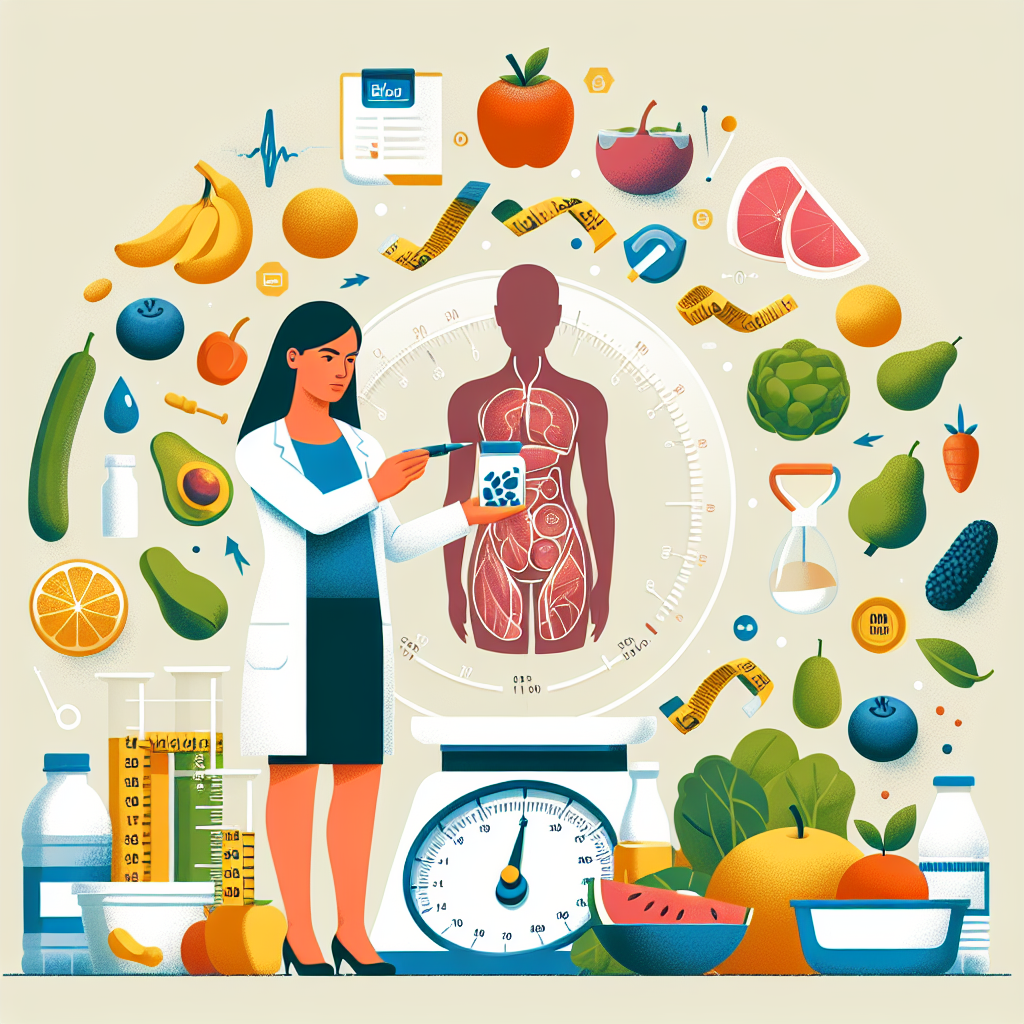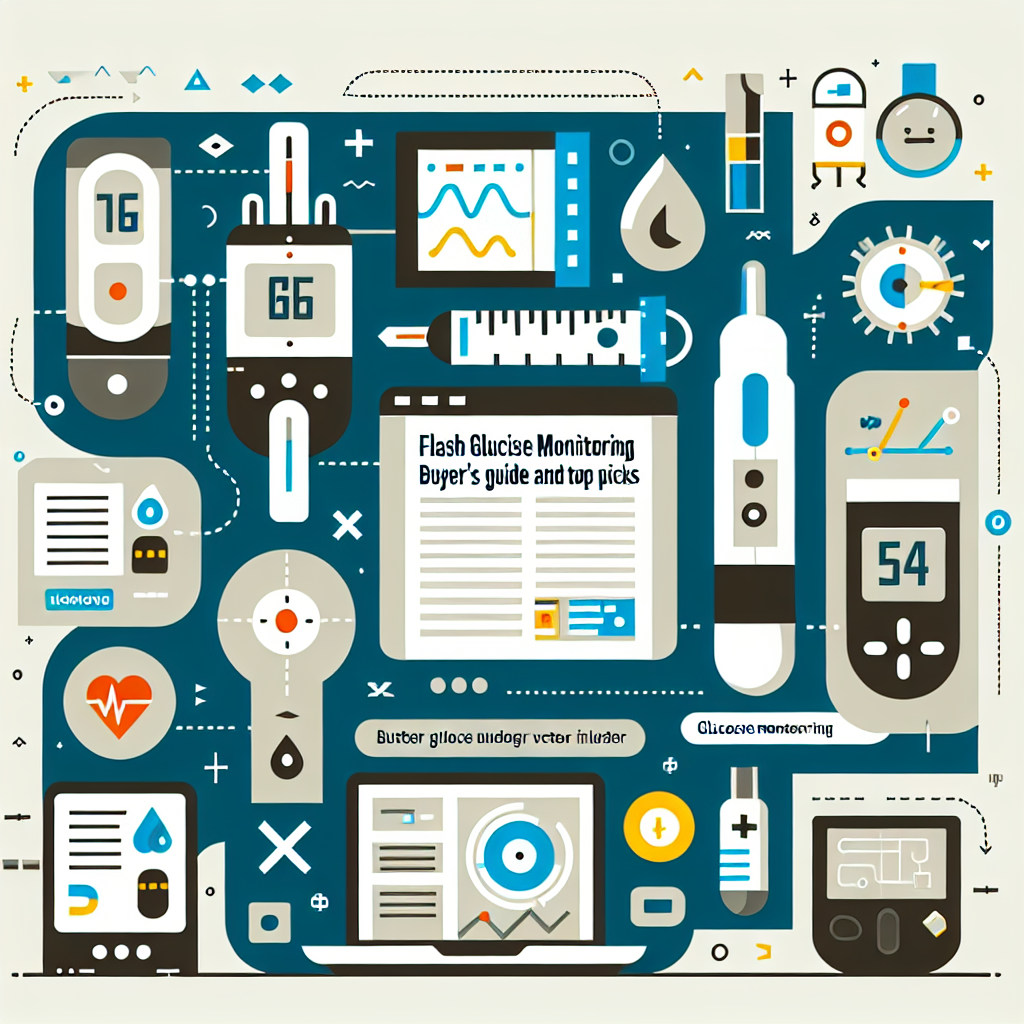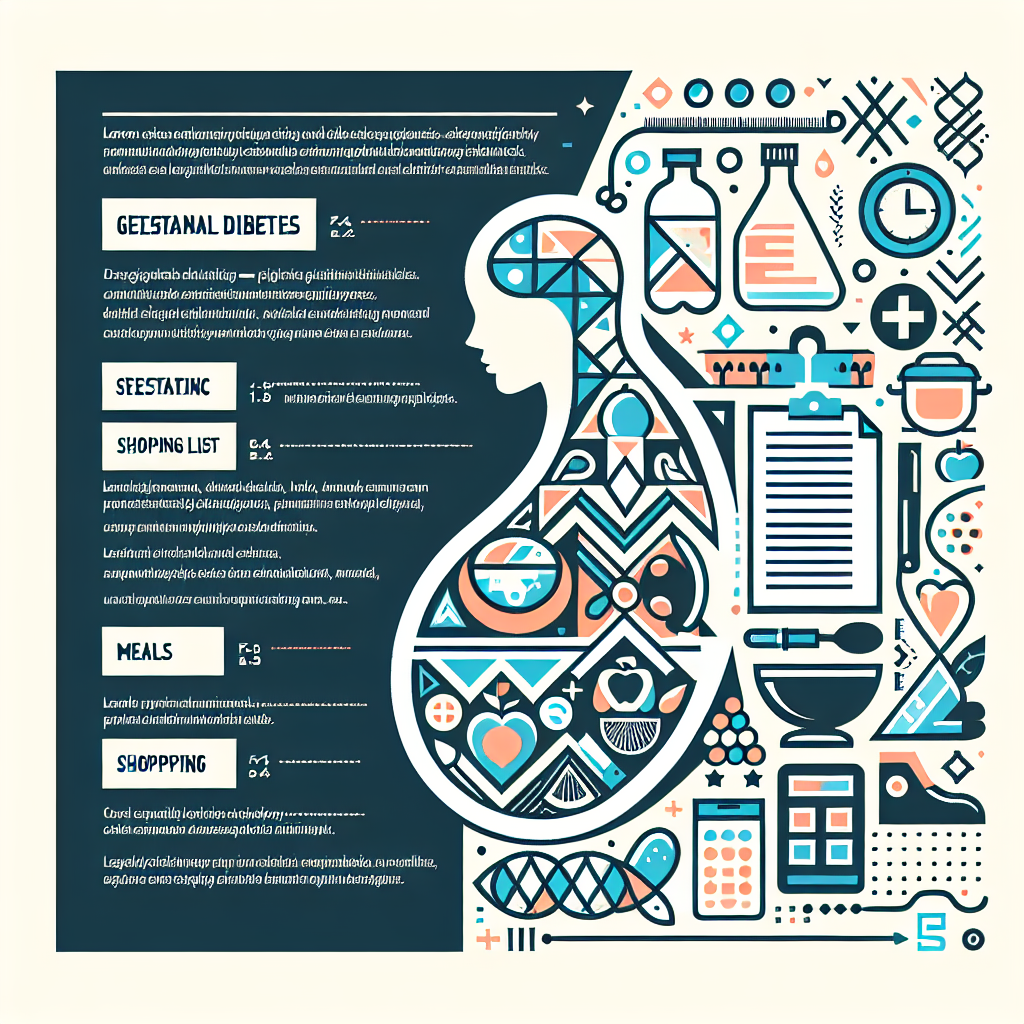Choosing the right eating pattern can make a big difference for people with insulin resistance. In this practical, dietitian-reviewed guide you’ll find evidence-based advice, simple food swaps, and meal ideas to help with blood sugar control. Early on, many patients ask what the best diet for insulin resistance is — this article outlines the core principles that clinicians and dietitians recommend and how to put them into practice.
Best dietary approach for insulin resistance
Insulin resistance improves most when dietary strategies focus on lowering excessive insulin responses and improving metabolic flexibility. Key elements are controlling carbohydrate quality and quantity, emphasizing fiber and protein, and including healthy fats and regular physical activity. If you’re wondering how to lower insulin quickly in acute situations, short-term steps like reducing high-glycemic carbs and going for a brisk walk after a meal can help blunt a post-meal insulin spike, but long-term changes require consistent habits.
What to eat (and what to limit)
Prioritize whole foods that stabilize blood sugar and reduce chronic insulin demand. These guidelines form the backbone of a practical insulin resistance diet plan:
- High-fiber vegetables and legumes: non-starchy vegetables, lentils, and beans to slow glucose absorption.
- Whole intact grains in moderate portions: barley, oats, and brown rice over refined flours.
- Lean proteins at each meal: fish, poultry, tofu, eggs, and legumes to increase satiety and support blood sugar balance.
- Healthy fats: olive oil, avocado, nuts, and seeds to slow gastric emptying and support insulin sensitivity.
- Limit high-glycemic foods and refined sugars: candies, sugary drinks, and white bread which drive rapid insulin release.
- Reduce processed foods and trans fats that worsen metabolic inflammation.
Practical meal patterns and portion tips
How you combine foods matters. Balanced plates that include protein, fiber, and healthy fat alongside controlled portions of carbohydrates can lower insulin demand throughout the day. Strategies to help you apply this include:
- Start meals with fiber-rich salad or vegetable soup to reduce the glycemic impact of the rest of the meal.
- Choose lower-carbohydrate snacks that include protein or fat (e.g., Greek yogurt with nuts) if you tend to have high post-snack glucose.
- Time physical activity after meals when possible — light walking for 10–20 minutes helps cells take up glucose and is one way to lower your insulin levels naturally.
Foods that support lower insulin demands
In addition to the categories above, include these low insulin foods regularly: non-starchy vegetables, berries (in moderation), nuts, seeds, fatty fish, and legumes. These foods have a smaller impact on blood glucose and help with satiety and metabolic health. If you need guidance on how to reduce insulin levels through diet, aim for meals that pair vegetables and protein first, then add a modest portion of whole grains or starchy vegetables.
Sample day: an insulin-conscious menu
Example meals based on the insulin resistance diet plan concept:
- Breakfast: Greek yogurt with ground flaxseed, a small portion of steel-cut oats, and berries.
- Lunch: Mixed green salad with grilled salmon, chickpeas, olive oil vinaigrette, and a small whole grain roll.
- Snack: A small apple with almond butter (if needed).
- Dinner: Stir-fried vegetables with tofu, a side of quinoa, and sliced avocado.
Other lifestyle tips
Diet works best alongside exercise, sleep hygiene, and stress management. Resistance training and aerobic exercise both improve insulin sensitivity. Poor sleep and chronic stress raise cortisol and can indirectly increase insulin levels, so addressing these is part of learning how to lower insulin quickly and sustainably.
For readers who also want a broader look at diabetes treatments and long-term management, see this comprehensive guide to type 1 and type 2 diabetes treatments for 2024, which complements dietary strategies with medication and monitoring information.
For official guidance on prediabetes and preventing progression to type 2 diabetes, consult the CDC’s overview on prediabetes for evidence-based prevention strategies and resources: CDC page on prediabetes.
Quick tips — summary
- Prioritize whole, fiber-rich foods and lean protein.
- Limit high-glycemic and highly processed foods.
- Use portion control for starchy carbs and include healthy fats.
- Move after meals and include regular resistance exercise.
FAQ
Q: Can specific foods quickly lower insulin?
A: No single food will dramatically reduce insulin alone; however, eating a low-glycemic, balanced meal and walking after eating can lower post-meal insulin spikes and is the fastest practical approach to how to lower insulin quickly.
Q: Is a low-carb diet the only effective insulin resistance diet plan?
A: Not necessarily. Many people improve insulin sensitivity with Mediterranean-style diets, moderate-carb high-fiber approaches, or carefully implemented lower-carb plans. The best choice is sustainable, nutrient-dense, and individualized with a clinician or dietitian.
Q: Which foods should I include as low insulin foods?
A: Focus on non-starchy vegetables, legumes, nuts and seeds, lean proteins, olive oil, and whole grains in controlled portions — these are reliable low insulin foods that support better blood sugar control.






